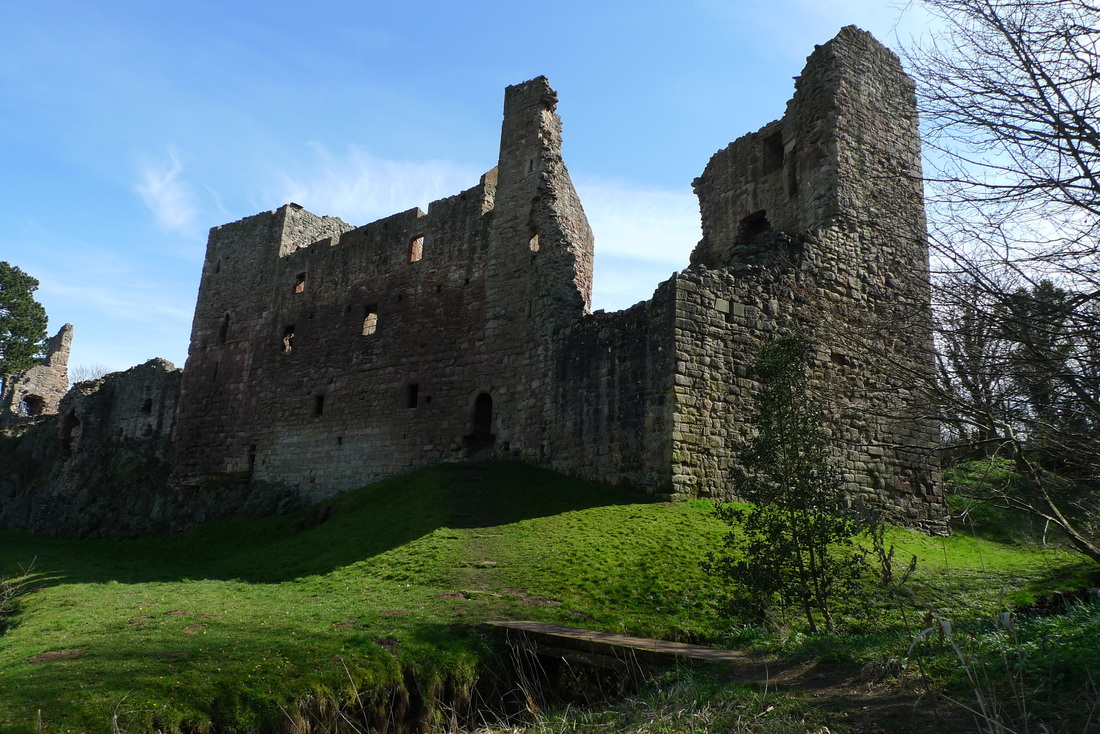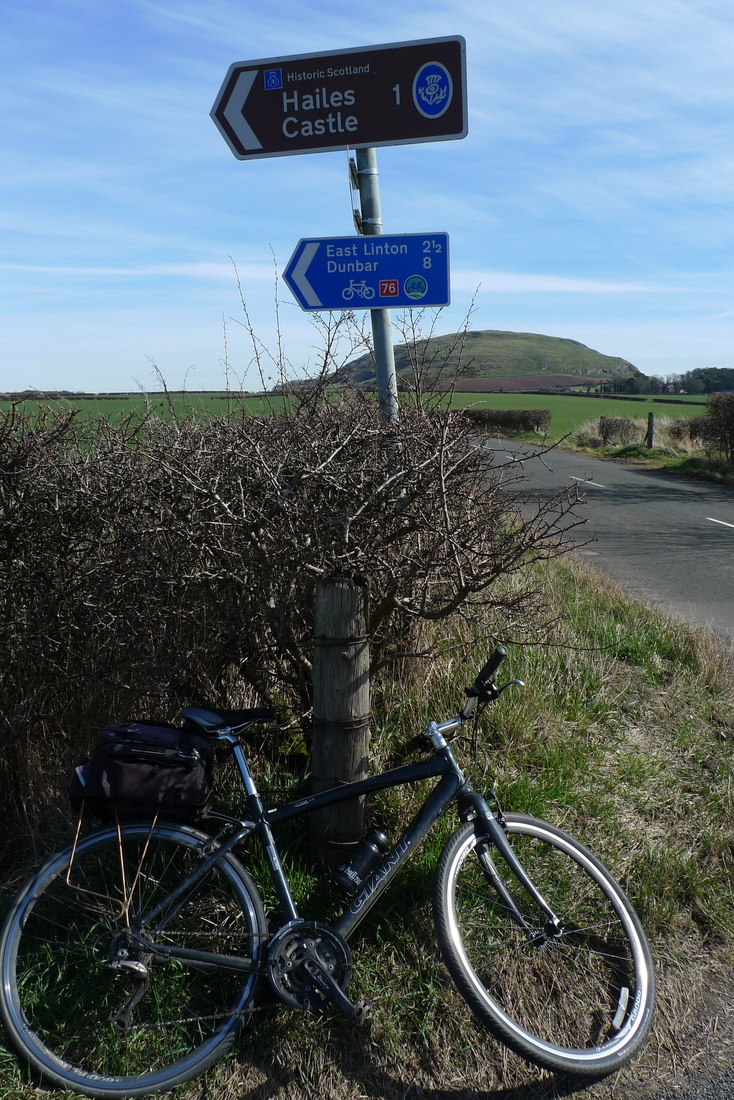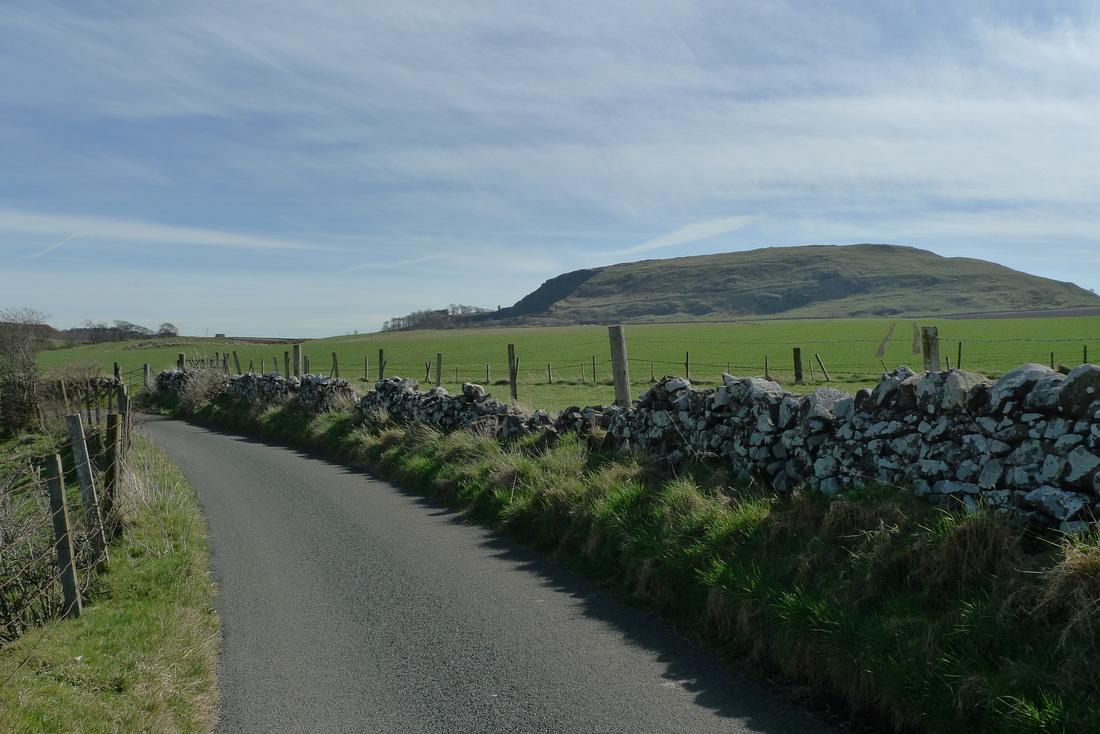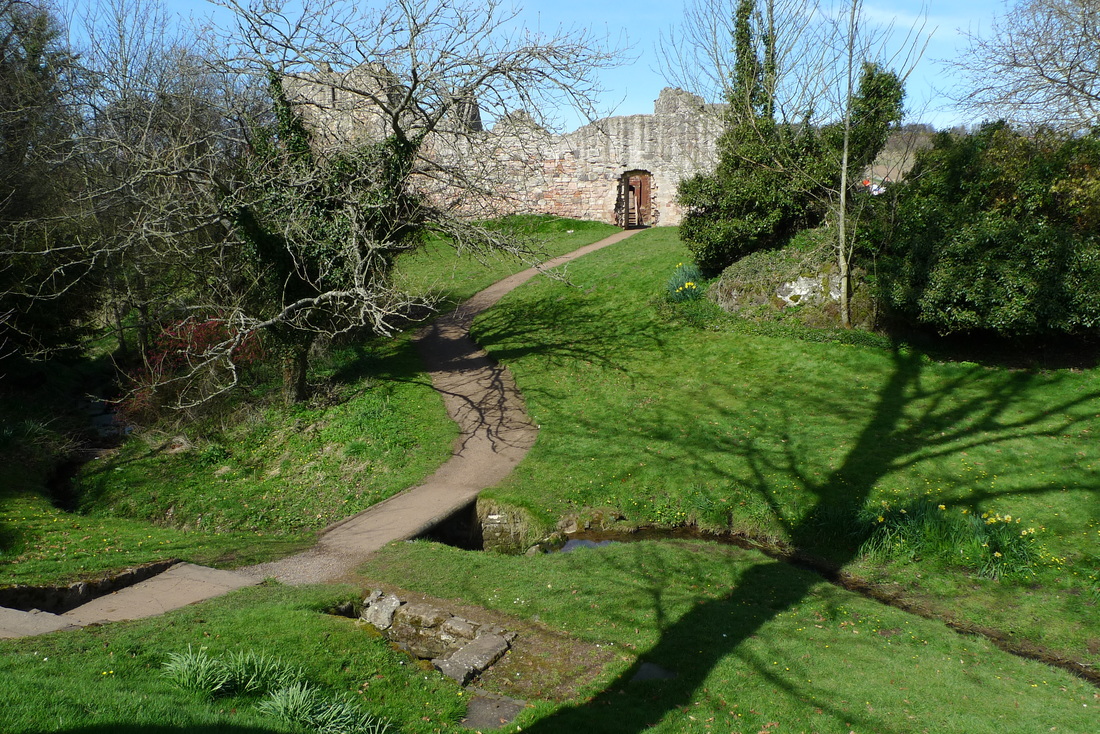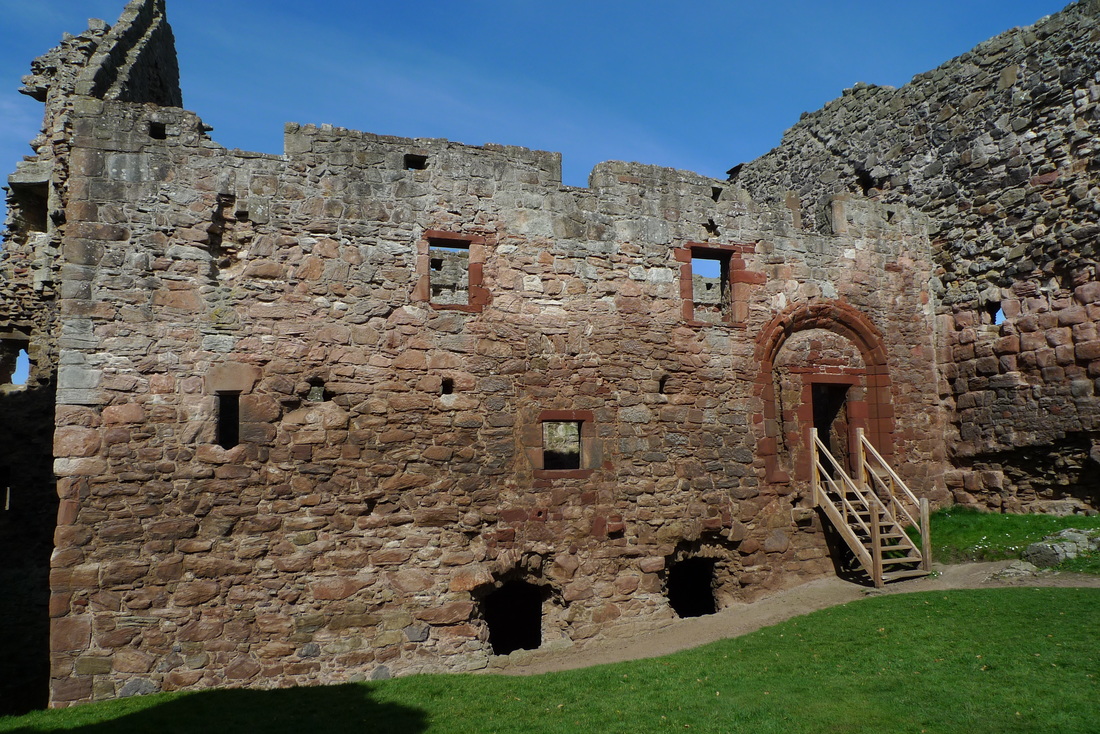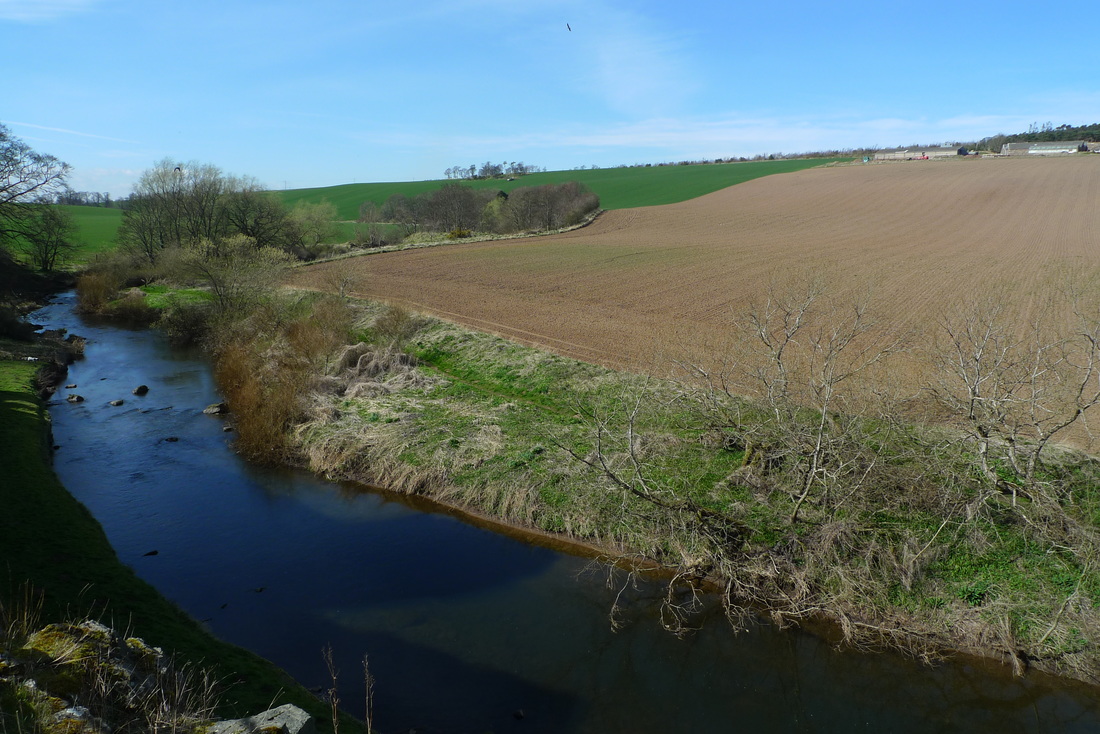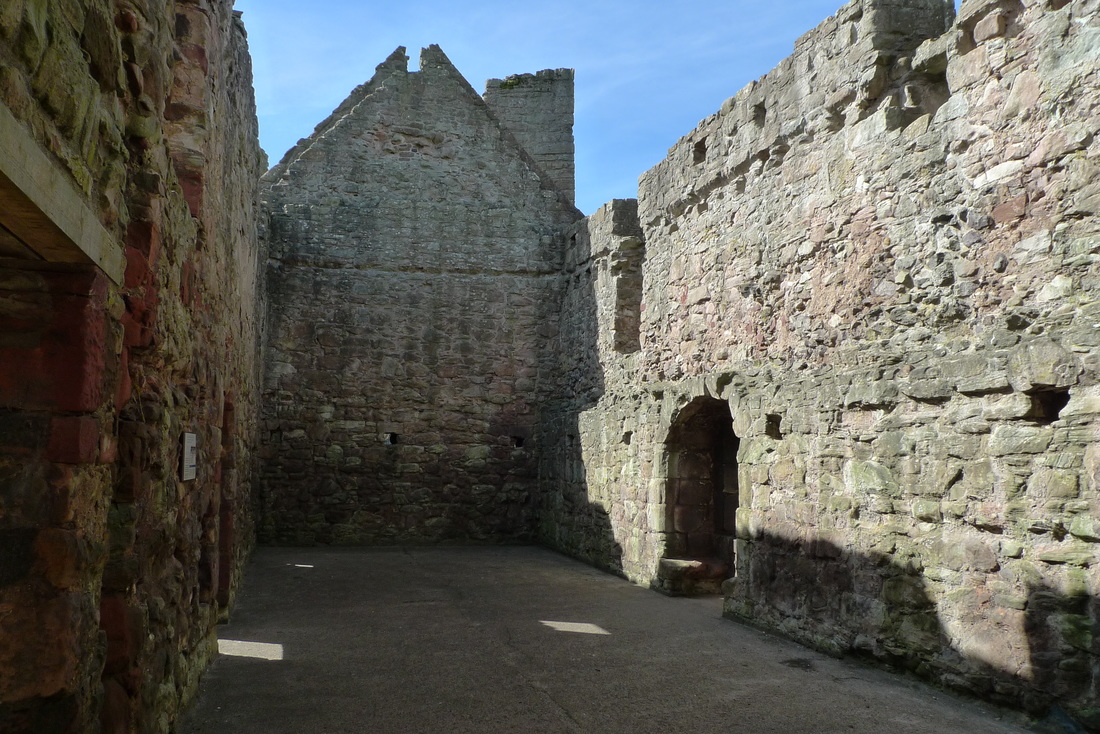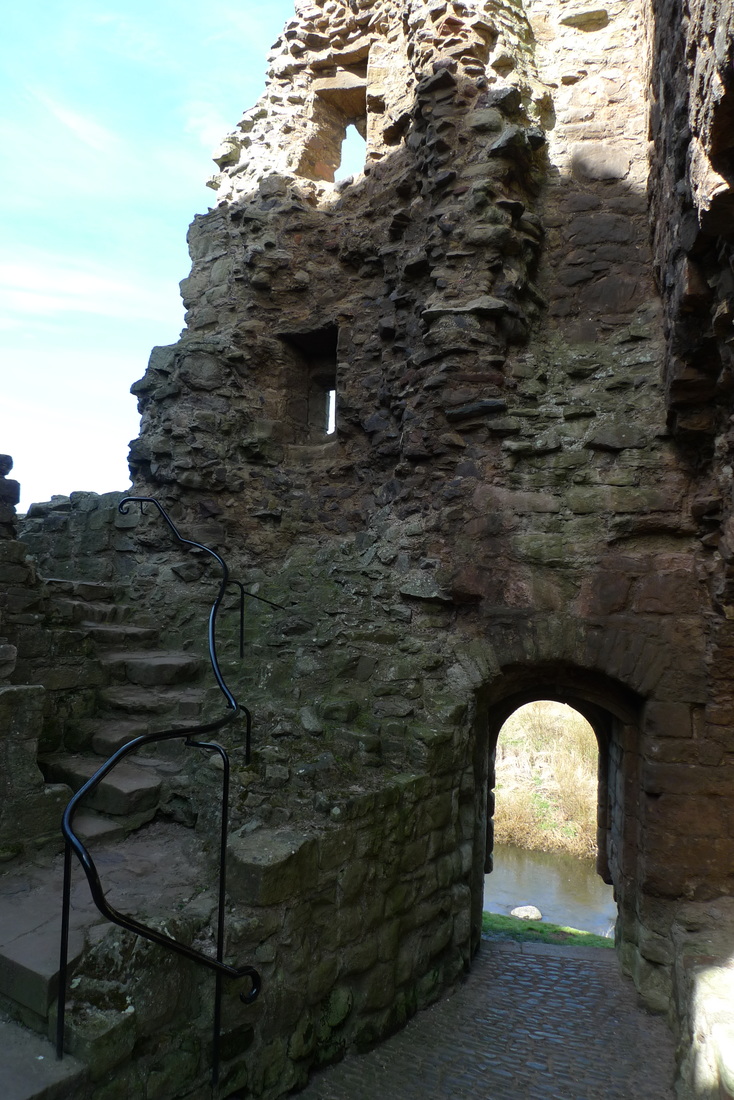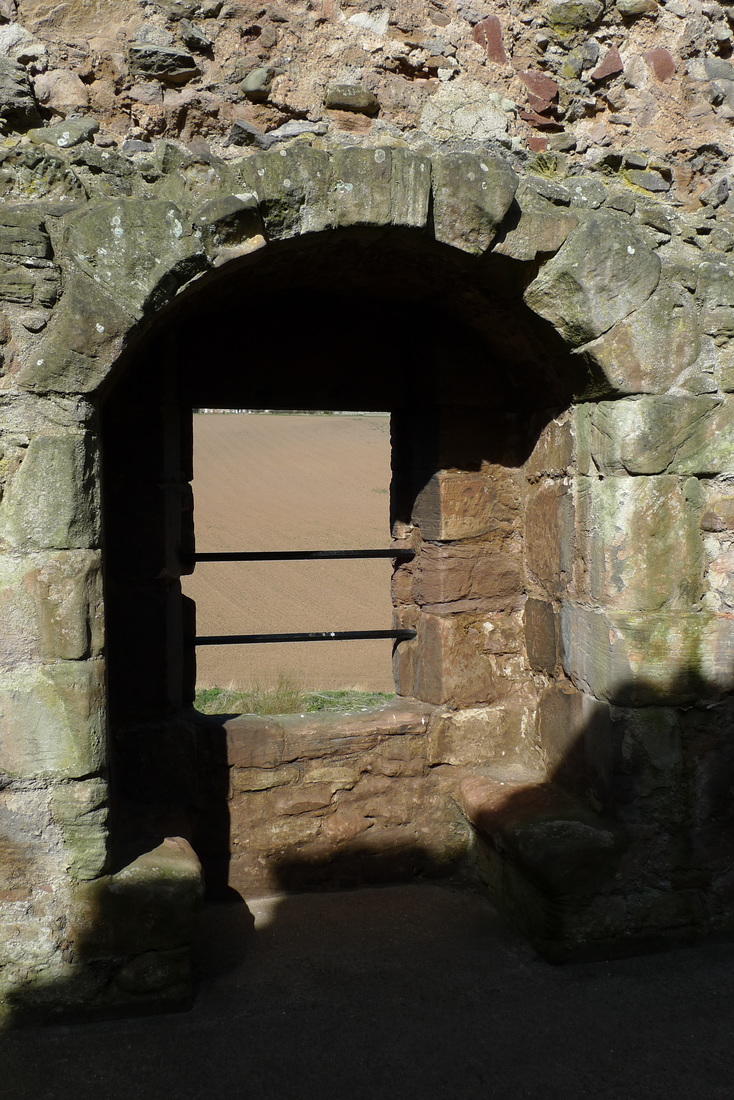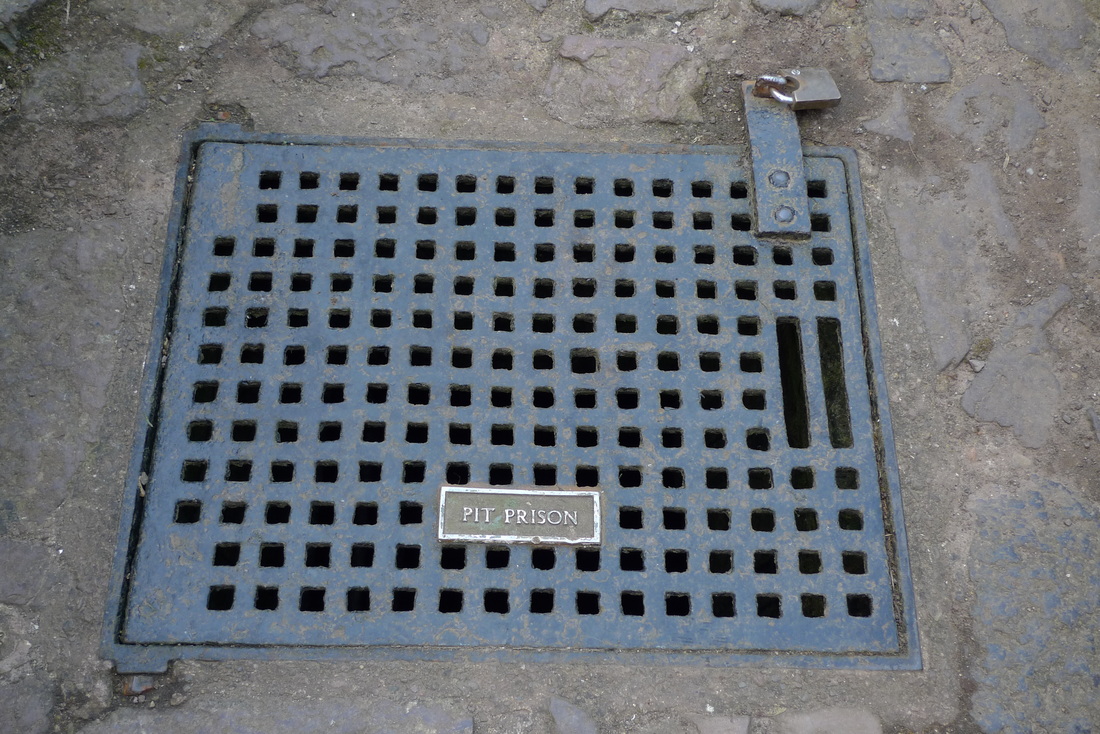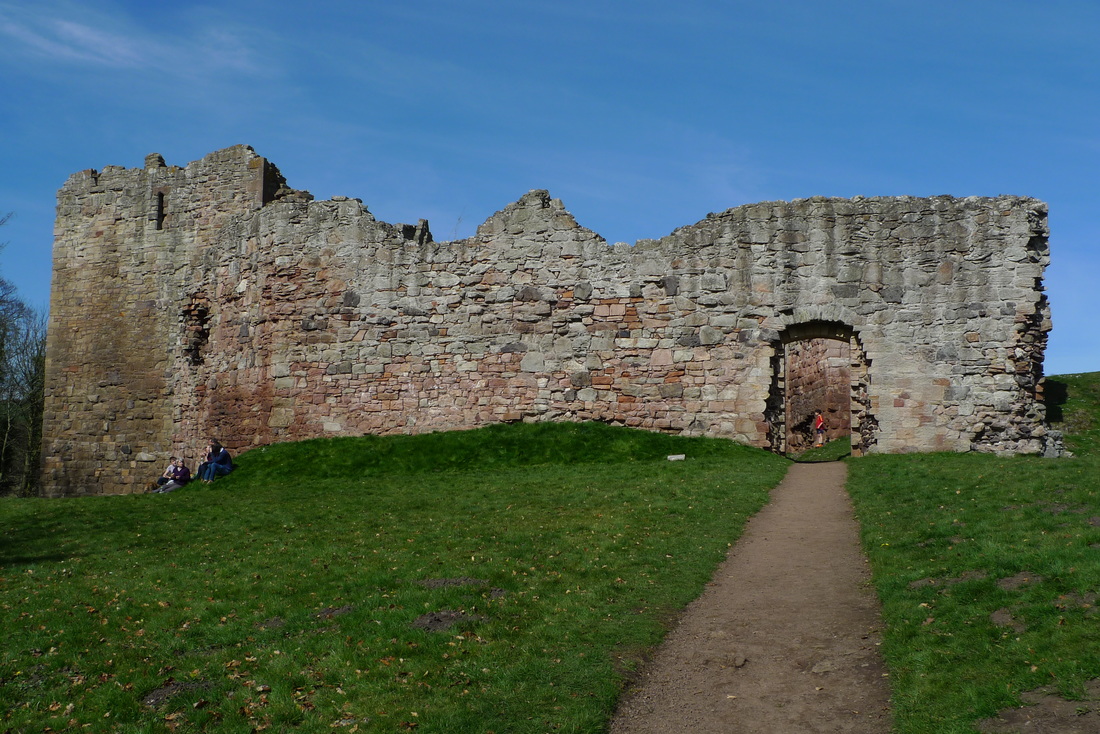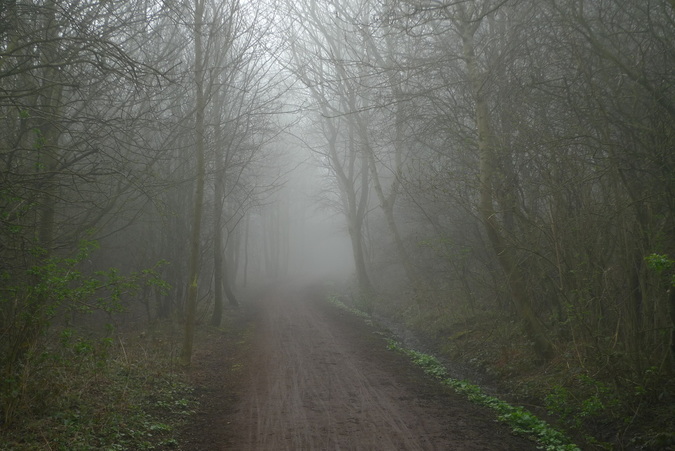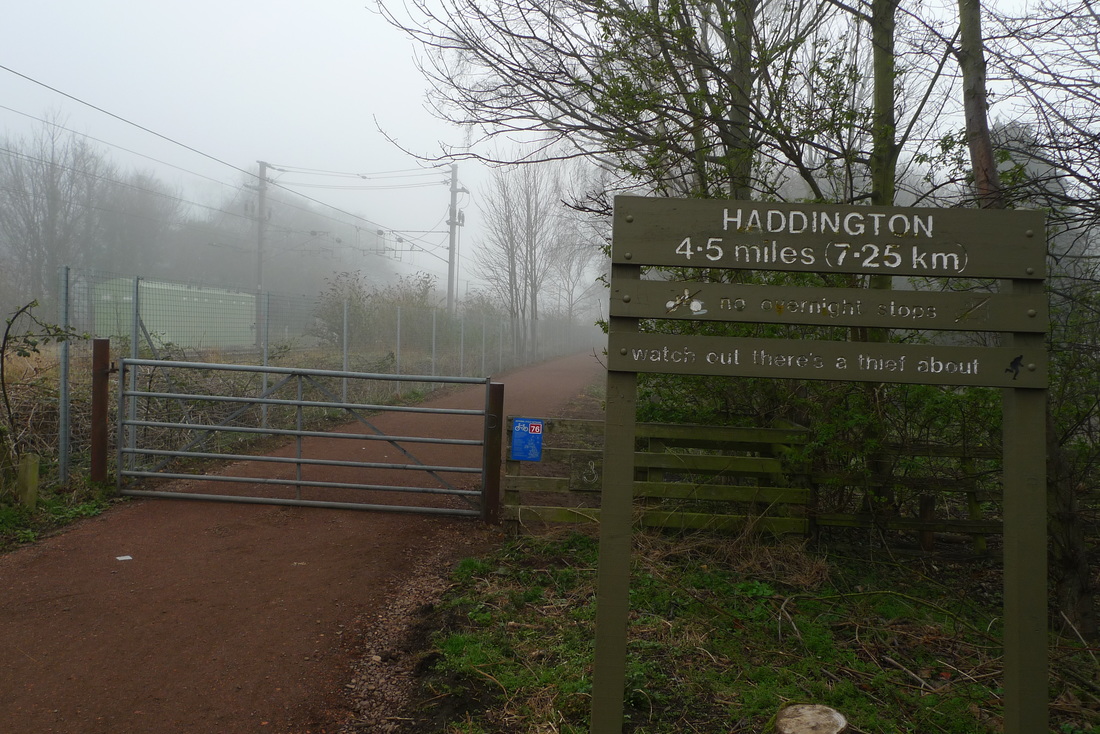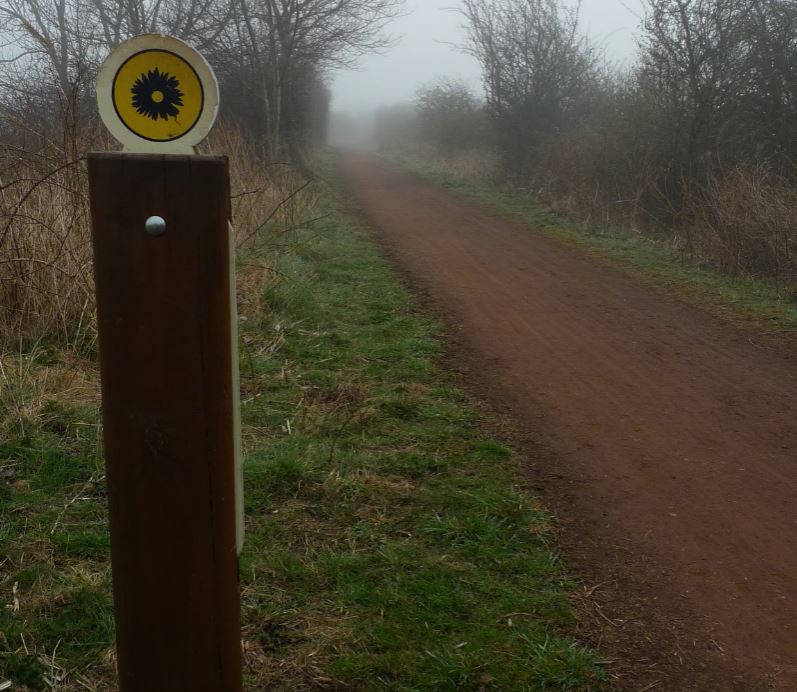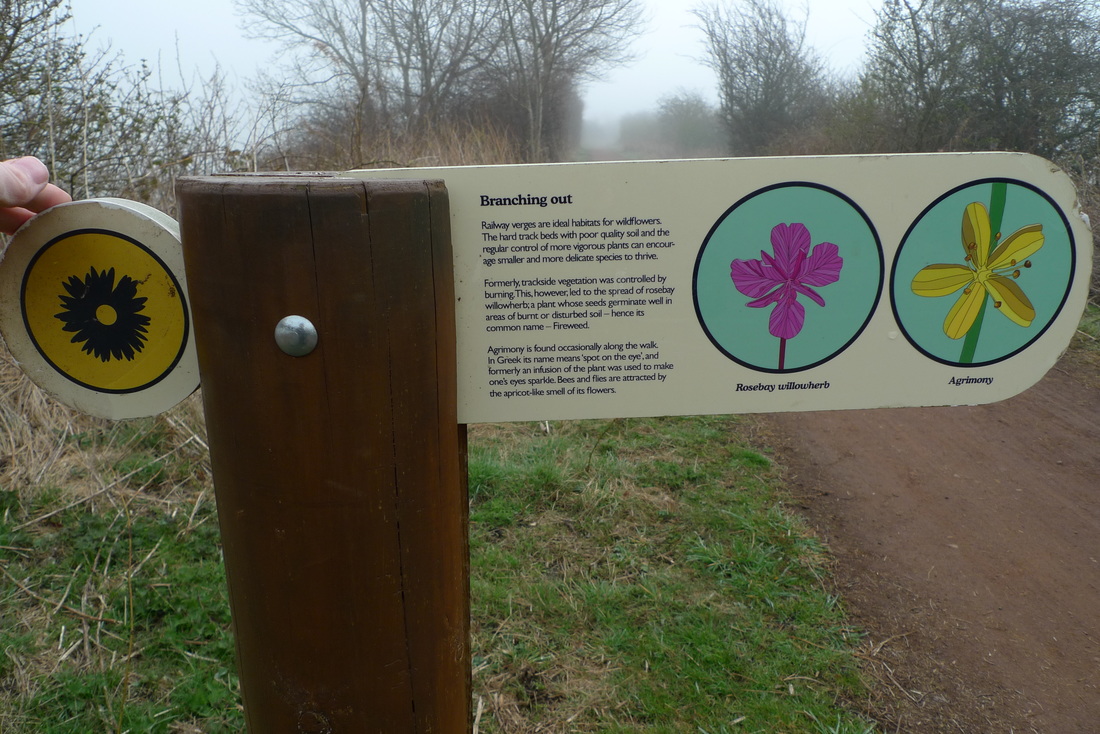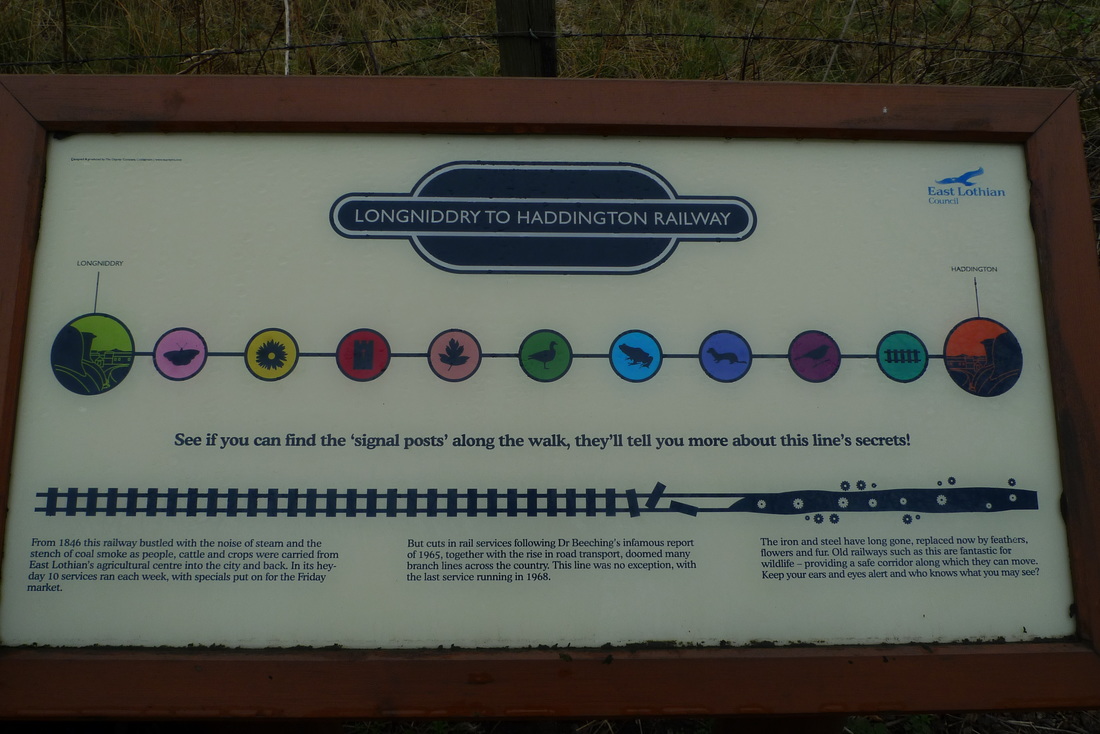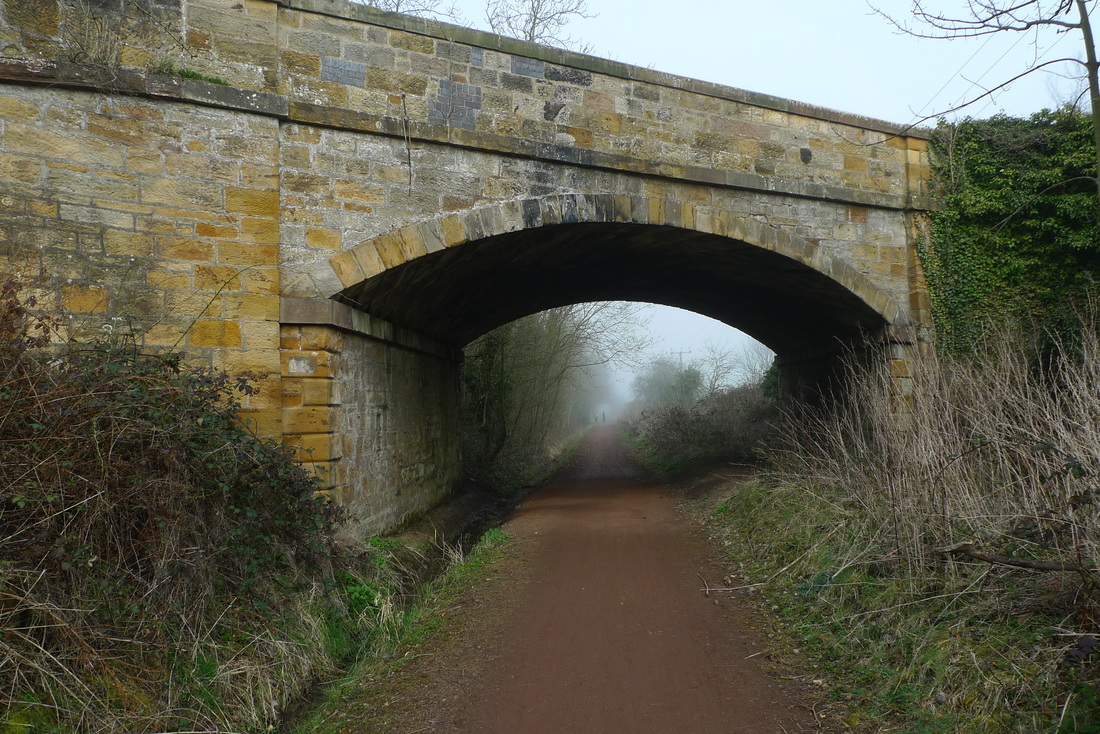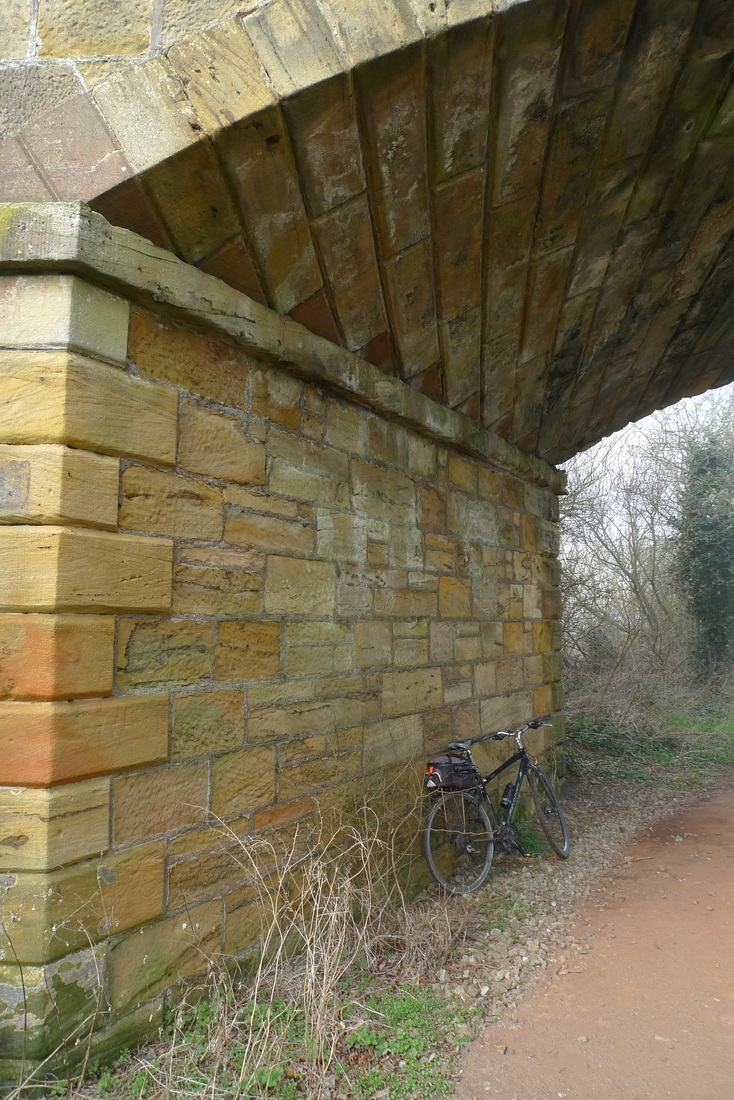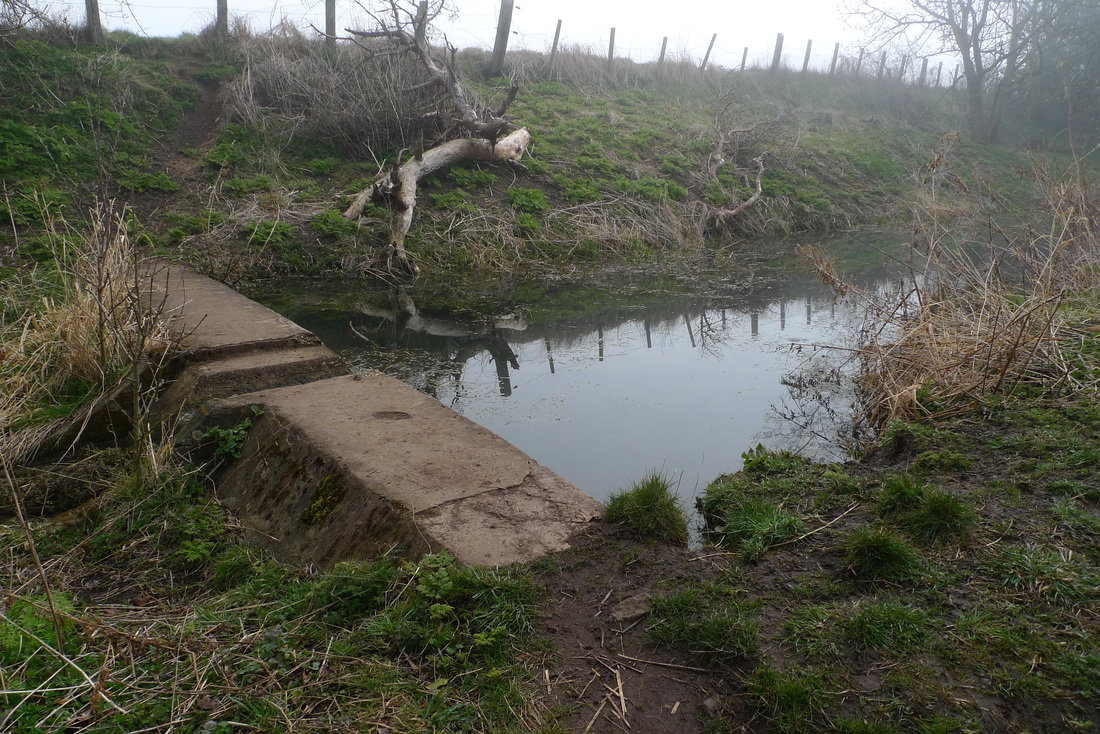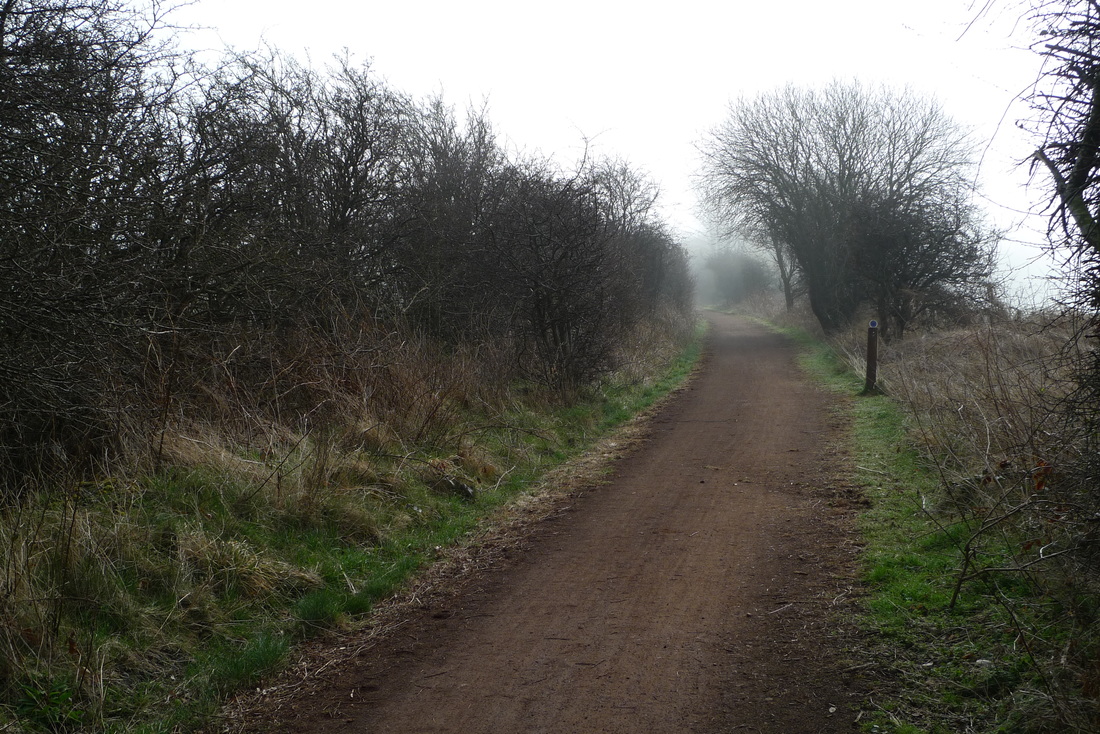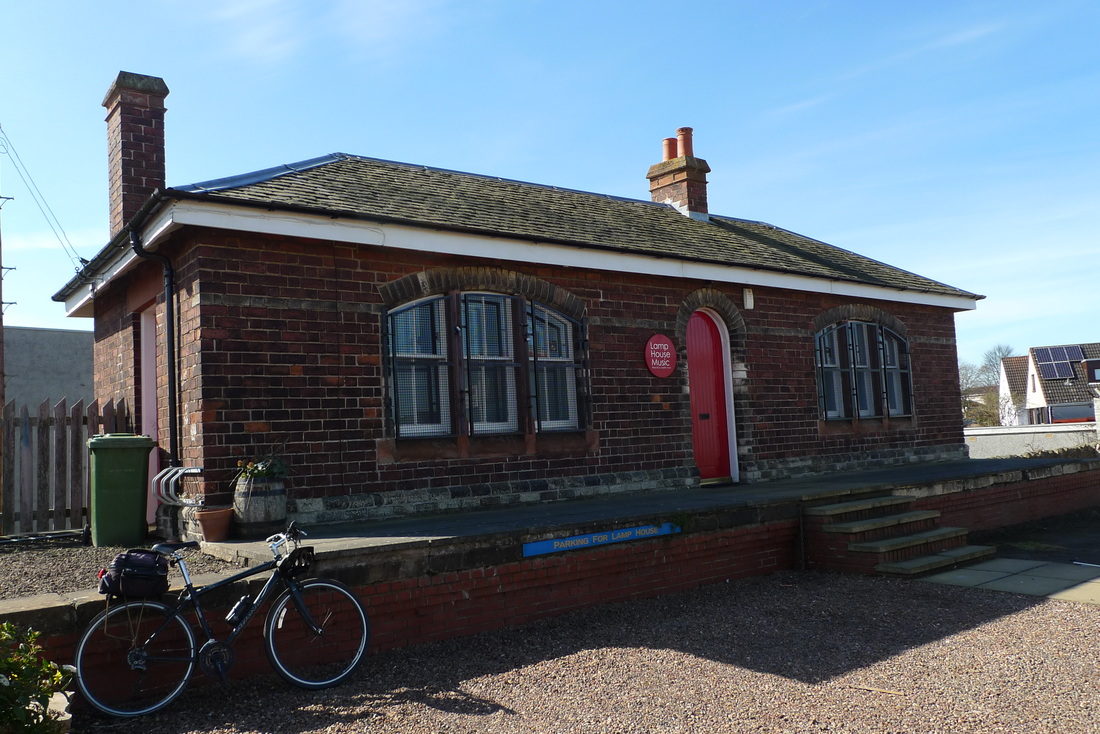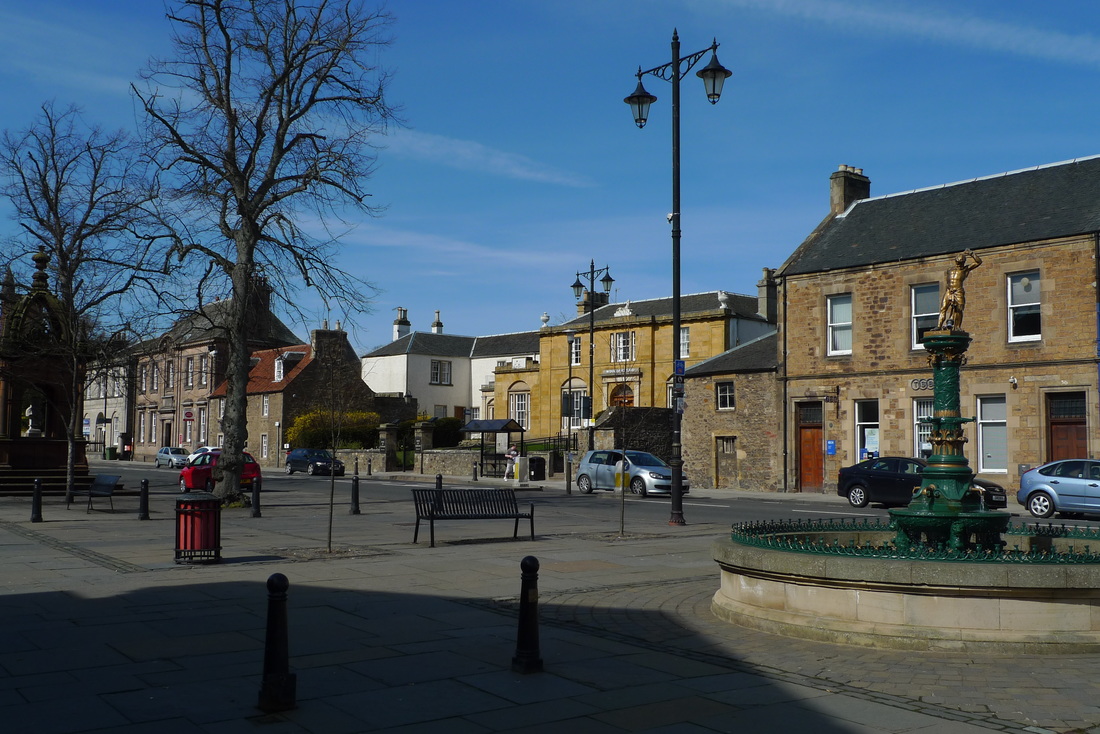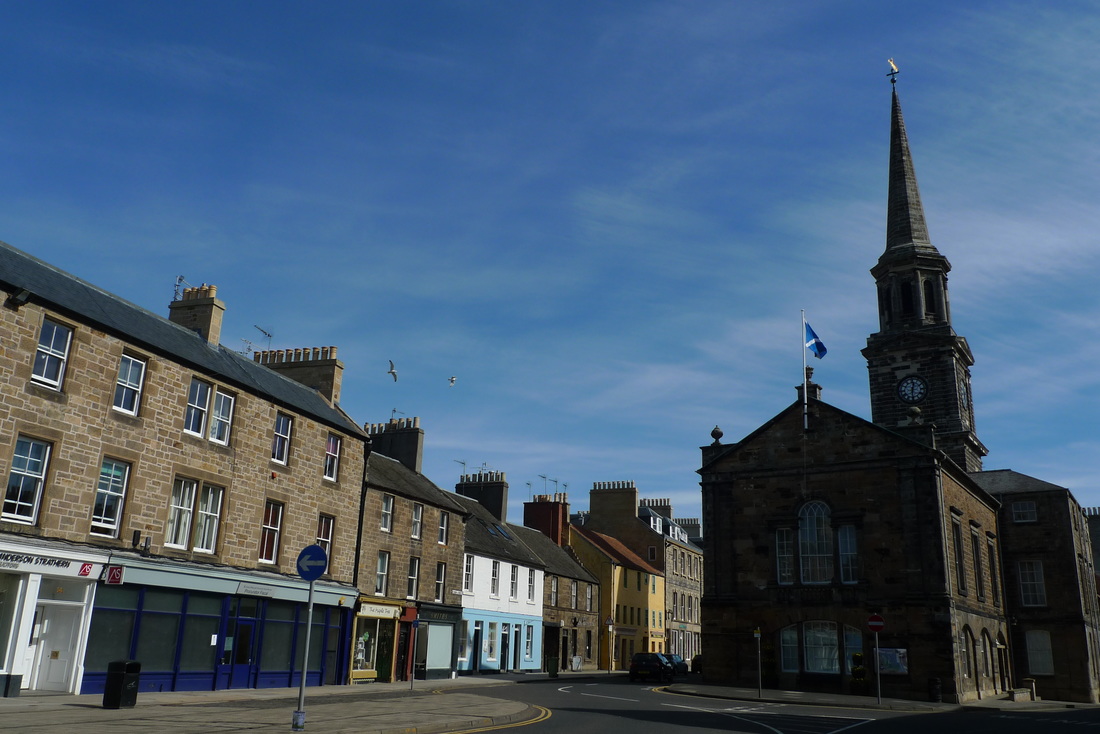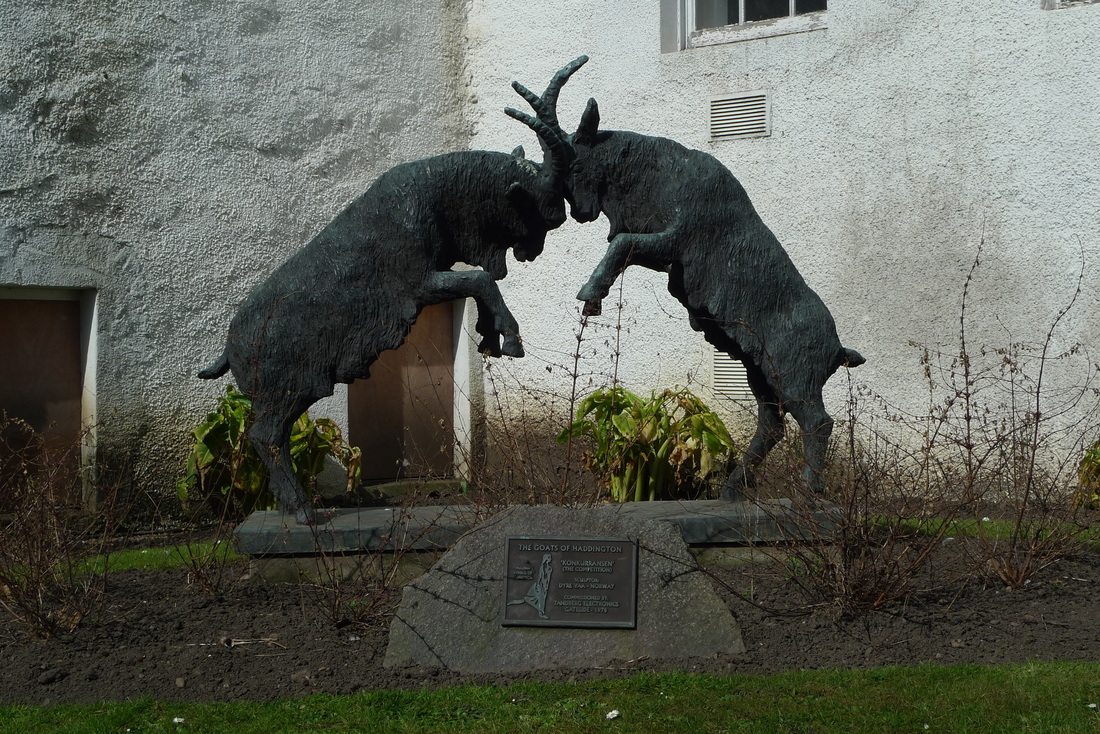|
This ruined castle, once visited by Mary Queen of Scots, sits on a peaceful spot next to the River Tyne. You can explore the great hall, the vaulted kitchens and enjoy the views over the river and the surrounding countryside. The grassy area in front of the castle is a perfect picnic spot. Hailes castle is on National Cycle Route 76 and easy to reach from Haddington.
My previous blog describes the route from Longniddry train station to Haddington. Use this route to connect with the route from Haddington to Hailes castle- the castle is 4.3 miles from Haddington. Look for the Route 76 blue cycle signs in the town and these will send you in the right direction. You can also use the map at the end of this blog. Once you leave the town you will be on quiet country roads. This is flat farming country, the only exception being one hill- Traprain Law- that dominates the horizon. You will see it continually as you head towards the castle.
The final one mile to the castle is on a very narrow road. Whenever a car appeared in front or behind me it was necessary for me to stop and pull right over to let it pass.
The entry to the castle is completely charming with a path crossing a tricking stream. Several people were using the grassy area as a picnic spot and children were having a fantastic time running around and exploring the castle.
This is one of the oldest castles in Scotland, dating from the early 1200s. It does not take very long to look around. There are some staircases to go up and down, some doorways to go in and out and plenty of window holes to gaze out from.
The great hall is intact, but roofless. Perhaps Mary Queen of Scots feasted here when she spent one night at the castle in 1567. She was on the way to Edinburgh for the wedding to her third husband, James Hepburn.
I have seen many Scottish castles, so I cannot help to compare them and look for what is unique and special about one particular castle versus others. Hailes is far from the most exciting that I have visited because it is small and does not take long to explore. Its best feature is the tranquil location by the river with the grass lawn being a superb place to relax in the sun for a few hours. I also enjoyed the narrow road that takes you to the castle, thick with trees and dotted with farmhouses and cottages.
Where to go next? Cycle two more miles to the village of East Linton. My next blog will show you what to see and do there.
6 Comments
For an easy day out take the 18 minute train journey from Edinburgh to Longniddry. From there you can cycle the 4.5 mile traffic-free path to Haddington. This is a disused railway with information panels about the line's history and the wildlife that lives here.
At Longniddry station the start of the path is marked with a large wooden sign announcing the distance to Haddington. There is also a warning to be on the look out for thieves. I would not worry, you are quite safe on this peaceful path.
There are information posts at regular intervals along the route. They are in the style of railway signals and you operate them by pushing them down to raise the "signal". This reveals a panel with information about wildlife or the line's history. It is a clever design that pays homage to the railway heritage of the path.
This branch line was closed in 1968, but there have been calls to reopen it on the basis that the population of Haddington is increasing and many people commute to Edinburgh.
There is plenty of evidence of the railway, mainly in the form of these stone bridges:
This photograph provides a good view of the colossal stones used in the construction of these bridges:
There is something that looks like a pond alongside the path. This had been a tank for the steam engines to load up on water. Nowadays it provides a home for frogs, toads and water beetles:
I enjoyed reading about events in the railway's past on the information panels. There had been a regular train that carried manure from Edinburgh police horses to be used as fertiliser on East Lothian farms. In 1937 a train went straight through the buffers at Haddington station. It was thought that frost on the rails caused the accident.
This is a popular path, so you will likely come across walkers, joggers and other cyclists.
Once in Haddington cycle up to Station Yard industrial estate where you can find the surviving station building on a piece of platform. I used this cycle route to reach the radio station, East Coast FM, located at Station Yard. I was invited to speak on air about my blog and cycling in Scotland.
Haddington is an attractive town with neat streets and interesting buildings, so it is worth having a look around.
There is a sculpture of two goats fighting. They are up on their hind legs and head butting each other. The goat is the emblem of Haddington and it is on the town’s coat-of-arms.
Next: cycle to Hailes Castle
My next blog covers the route from Haddington to Hailes Castle. Visit a whisky distillery This railway path features in the cycle route to Glenckinchie distillery. Read my feature about cycling to the distillery. Visit a motor museum, Concorde and the birthplace of Scotland's flag Drem, the next station along from Longniddry, provides easy cycling access to these attractions. Read my blog about where you can cycle to from Drem |
Categories
All
Archives
July 2024
|

